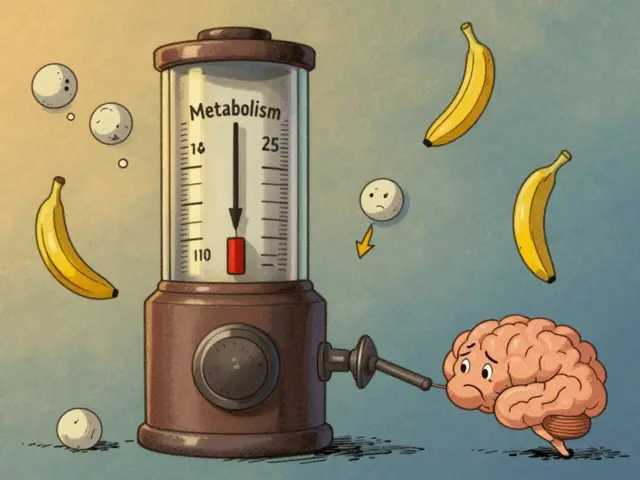Balanced Diet: Simple Ways to Eat Right Every Day
Ever wonder why some people seem to glow with energy while you feel sluggish after a meal? It often boils down to what’s on their plate. A balanced diet isn’t a fancy buzzword – it’s about giving your body the right mix of carbs, protein, fat, vitamins, and minerals so you feel good and stay healthy.
Why a Balanced Diet Matters
When you eat a variety of foods, you cover the nutritional bases your body needs to run smoothly. Carbs fuel your brain, protein repairs muscles, healthy fats protect your organs, and micronutrients like vitamin A, D, and iron keep your immune system on point. Skipping any of these groups can lead to fatigue, mood swings, or even long‑term health issues.
Think of your body as a car: you wouldn’t fill a tank with only diesel and expect it to run cleanly. Same idea with food – a mix of quality fuels makes everything run better. Studies show people who follow a balanced eating plan have lower risk of heart disease, diabetes, and even certain cancers.
Practical Tips to Build Your Plate
Start with the classic “plate method.” Fill half your plate with colorful veggies and fruits – they’re packed with fiber and antioxidants. Choose whole grains like brown rice or quinoa for the other quarter, and put lean protein (chicken, beans, tofu) in the last quarter. Add a small splash of healthy fat – olive oil, avocado, or nuts – for flavor and satiety.
If you’re not a fan of veggies, try blending them into smoothies or soups. The goal is variety, not perfection. A quick way to check is to aim for at least five different colors on your plate each meal – red tomatoes, orange carrots, yellow peppers, green spinach, and a purple beet.
Don’t overlook the role of supplements when your diet falls short. For example, a recent guide on eye redness linked vitamin A and D deficiencies to poor eye health. If you struggle to get enough from food alone, a daily multivitamin or specific supplements like Vitamin D can help fill gaps.
Keeping hydrated matters too. Water assists digestion and helps transport nutrients. If plain water feels boring, sip herbal tea or add a slice of lemon for a mild flavor boost.
Plan ahead. Spend a few minutes each Sunday prepping veggies, cooking grains, and portioning proteins. Having ready‑to‑eat components makes it easier to stick to your balanced plan during a busy week.
Finally, listen to your body. Hunger and fullness cues are powerful guides. Eat slowly, enjoy each bite, and stop when you feel satisfied, not stuffed.
Feeling overwhelmed? Pick one change – maybe swapping white bread for whole grain – and stick with it for a week. Small, consistent tweaks add up to big health wins over time.
Ready to give your plate a makeover? Start with these steps, keep it simple, and watch how your energy, mood, and overall wellness improve. Your balanced diet journey begins with the next bite you take.





